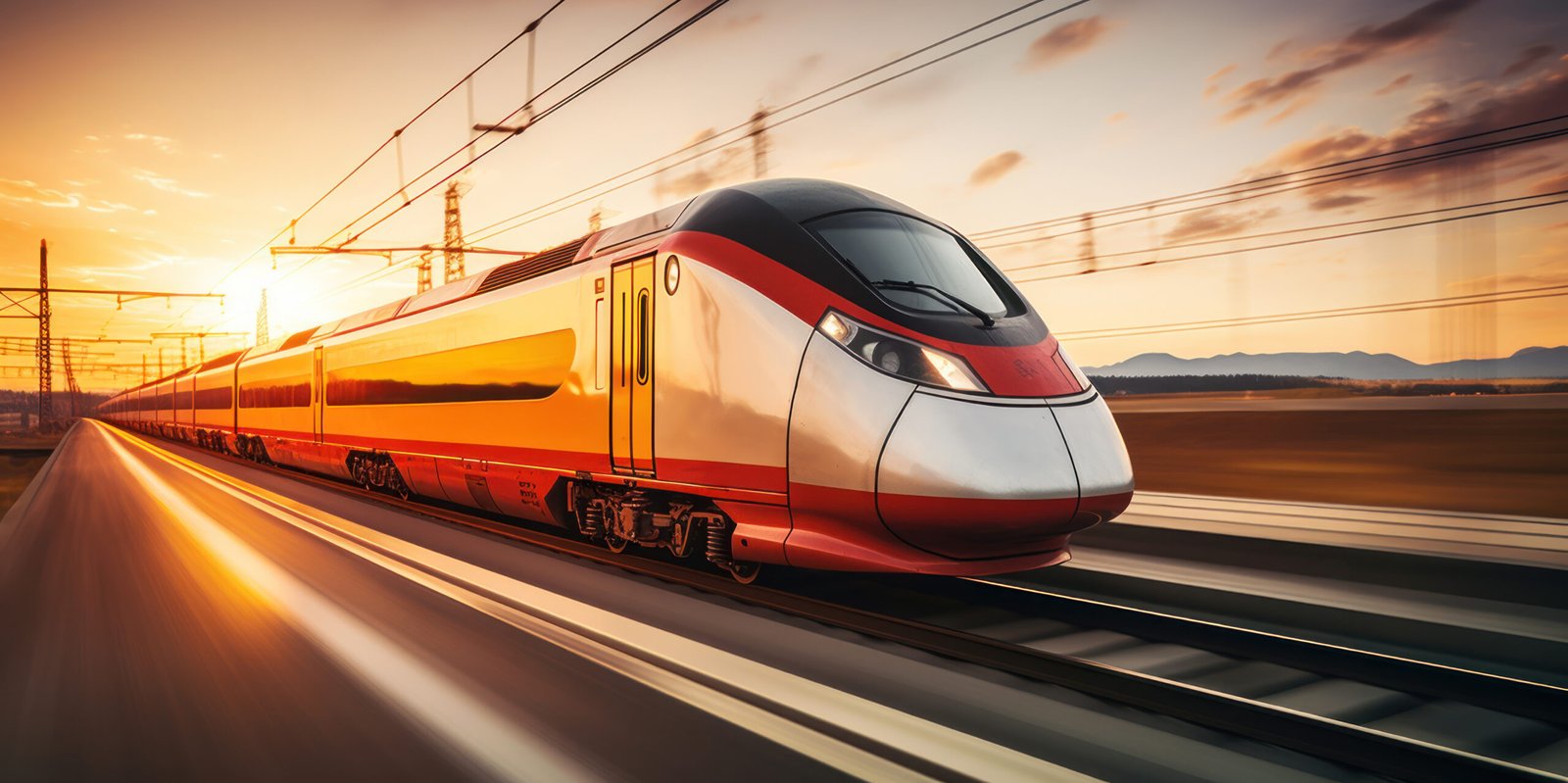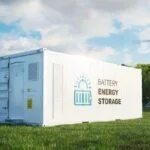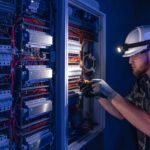
Electrical Automation and High-Speed Rail Integration: Driving the Future of Transportation
In the ever-evolving world of transportation, high-speed rail (HSR) stands out as one of the most promising modes of travel. As nations seek to improve the efficiency, sustainability, and safety of their transportation networks, integrating electrical automation and advanced control systems into high-speed rail systems has become essential. This article explores the integration of electrical automation with high-speed rail, highlighting its significance and the transformative role it plays in modernizing rail networks worldwide.
The Role of Electrical Automation in High-Speed Rail Systems
Electrical automation is at the heart of modern high-speed rail technology. From the control of trains and stations to the management of power systems, electrical automation systems enable greater operational efficiency, safety, and performance. High-speed trains operate at incredibly high speeds, requiring highly precise and responsive automation systems to ensure smooth operations. Automation helps to maintain track signaling, optimize energy usage, monitor train speeds, and enhance passenger safety, all while reducing human error and operational costs.
One of the most significant areas where automation has made a difference is in train control and monitoring. Through advanced control systems, operators can monitor and adjust train performance in real-time, allowing for faster response times in case of emergencies or changes in track conditions. Additionally, the integration of automatic train protection (ATP) systems ensures that trains adhere to safety regulations and limits, preventing accidents and collisions even in the event of operator error.
Intelligent Control Systems for Sustainable Energy Management
In the context of high-speed rail, energy efficiency is a critical concern. The demand for electricity in high-speed rail networks is substantial, but this energy consumption must be balanced with the need to minimize environmental impact. Electrical automation helps achieve this balance by incorporating intelligent energy management systems (EMS) that optimize the use of power throughout the network. These systems can dynamically adjust power usage based on real-time train schedules, weather conditions, and other factors, thereby reducing waste and improving overall energy efficiency.
The integration of smart grid technologies also plays a pivotal role in this process. By connecting rail networks to the broader power grid, high-speed rail systems can draw on renewable energy sources when available, reducing reliance on fossil fuels and cutting carbon emissions. Additionally, intelligent systems can manage the distribution of energy, ensuring that power is used efficiently without overloading the system or causing unnecessary disruptions.
Automation for Enhanced Passenger Experience
Beyond operational efficiency and safety, electrical automation also enhances the passenger experience. Automated ticketing systems, real-time scheduling information, and personalized travel services are just a few examples of how automation improves convenience for passengers. With systems in place that can automatically adjust train schedules based on demand and operational conditions, passengers can expect more reliable and flexible travel options.

Moreover, automation extends to the monitoring and maintenance of rail infrastructure. Sensors and predictive maintenance systems can identify potential issues before they lead to disruptions, allowing for proactive maintenance and reducing the likelihood of delays or service interruptions.
The Future of Electrical Automation in High-Speed Rail
As the world moves toward smarter and more sustainable transportation solutions, the integration of electrical automation into high-speed rail systems will continue to evolve. Innovations such as AI-driven predictive maintenance, autonomous train operations, and the use of renewable energy sources will further enhance the efficiency and sustainability of rail travel.
The development of 5G and Internet of Things (IoT) technologies will also play a crucial role in the future of rail automation. With faster and more reliable communication networks, rail operators will be able to monitor and manage trains and infrastructure more efficiently, improving real-time decision-making and safety.
Linvent Electric: A Leading Provider of Electrical Automation Solutions
As the demand for advanced electrical automation in industries like high-speed rail continues to grow, companies like Linvent Electric are leading the way in providing cutting-edge solutions. Linvent Electric is a Chinese provider specializing in electrical automation products, intelligent grid solutions, and automated control systems. With a strong focus on innovation and sustainability, Linvent Electric offers a range of products designed to optimize the performance, safety, and energy efficiency of high-speed rail networks.
Their solutions are trusted by industries worldwide for their reliability, scalability, and ability to integrate seamlessly into existing infrastructure. Whether it’s advanced automation systems for train control, intelligent energy management for rail networks, or smart grid solutions for sustainable power distribution, Linvent Electric is committed to supporting the next generation of transportation with state-of-the-art technology.
Author Profile
Latest entries
 IoT2025-04-14Electrical Automation – The Indispensable Behind-the-Scenes Hero of the Internet of Things
IoT2025-04-14Electrical Automation – The Indispensable Behind-the-Scenes Hero of the Internet of Things Electrical Automation Knowledge2025-04-11Electrical Automation Solutions in the Energy Storage Industry: Applications, Advancements, and Benefits
Electrical Automation Knowledge2025-04-11Electrical Automation Solutions in the Energy Storage Industry: Applications, Advancements, and Benefits Electrical Safety & Protection2025-04-06Electric Motor Protection and Control Systems: An In-depth Overview
Electrical Safety & Protection2025-04-06Electric Motor Protection and Control Systems: An In-depth Overview Electrical Automation Knowledge2025-04-01The Application of Electrical Automation in the New Energy Industry
Electrical Automation Knowledge2025-04-01The Application of Electrical Automation in the New Energy Industry










